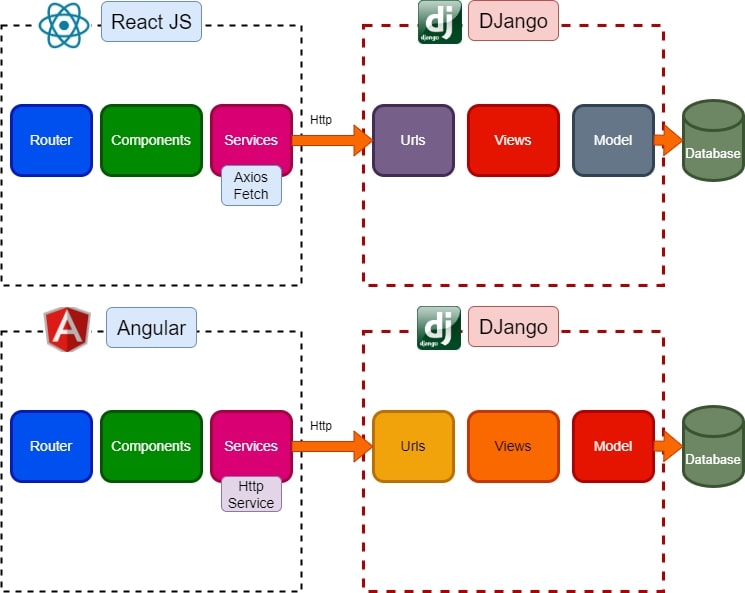Following Key Topics to Cover in Full-Stack Python
Development-
1) Frontend Development
- HTML, CSS, and JavaScript Fundamentals
- Responsive Web Design with Bootstrap
-
Client-Side Scripting with JavaScript Frameworks
(e.g., React, Vue.js)
- Single Page Application (SPA) Development
2) Backend Development
-
Introduction to Python and Flask/Django Frameworks
- Building RESTful APIs
- Database Integration and ORM with SQLAlchemy
- Authentication and Authorization
3) Database Management
-
Relational Database Management Systems (RDBMS) such
as MySQL or PostgreSQL
- Database Design and Normalization
- CRUD Operations and SQL Queries
-
NoSQL Databases (e.g., MongoDB) for Scalable
Applications
4) DevOps and Deployment
- Version Control with Git
-
Continuous Integration and Deployment (CI/CD)
Pipelines
- Containerization with Docker
-
Deployment on Cloud Platforms (e.g., AWS, Heroku)
5) Project Management and Collaboration
- Agile Software Development Methodologies
- Team Collaboration Tools (e.g., JIRA, Slack)
- Project Planning and Execution
- Code Reviews and Quality Assurance
Mastering Full-Stack Python Development enables
individuals to create dynamic and responsive web
applications using Python-based technologies. This
curriculum covers frontend and backend development,
database management, DevOps practices, and project
management skills required to succeed as a Full-Stack
Python Developer. By acquiring these skills, you can
build robust web applications and advance your career
in software development.



